Tag: Old A&W Long Bridge (Potomac River)
 Wikipedia says: Long Bridge is the common name used for a series of three bridges connecting Washington, D.C. to Arlington, Virginia over the Potomac River. The first was built in 1808 for foot, horse and stagecoach traffic. Bridges in the vicinity were repaired and replaced several times in the 19th century.
Wikipedia says: Long Bridge is the common name used for a series of three bridges connecting Washington, D.C. to Arlington, Virginia over the Potomac River. The first was built in 1808 for foot, horse and stagecoach traffic. Bridges in the vicinity were repaired and replaced several times in the 19th century.
…In 1860, the President of the B&O company had requested, and been denied, permission to reinforce or replace the bridge. With the beginning of the Civil War in 1861, and the secession of the state of Virginia on May 23, 1861, the value of the bridge was made evident. On May 25, 1861, 13,000 Union troops moved in to take control of the bridge along with Alexandria and its railroad. Under the command of Colonel John G. Barnard, Fort Jackson (Virginia) was built to guard the bridge to avoid the passage of spies and invasion by the Confederates with four cannons present in the fort.
Competition between railroads became sharper in the District of Columbia, Maryland and Virginia, as the Pennsylvania Railroad sought to break B&O’s monopoly in the District. Local and federal politics along with personal interests of politicians made it possible for the newcomer to gain access to the city. Pennsylvania Senator Simon Cameron, a stockholder in the PRR-owned Northern Central Railroad, served as Secretary of War from 1861 to 1862, when he was fired due to charges of payoffs and other irregularities, and helped the railroad gain control of the bridge. The PRR was financing the Baltimore and Potomac Railroad (B&P) to get in the District.
At the direction of the military in early 1862, new tracks were laid for the approaches, the rail bed was repaired and tracks were laid across the bridge. The new connection opened on February 9, 1862. On February 11, 1862, Daniel McCallum was appointed Military Director and Superintendent of the Union railroads, with the staff rank of colonel, by Secretary of War Edwin M. Stanton. McCallum had authority to “enter upon, take possession of, hold and use all railroads, engines, cars, locomotives, and equipment that may be required for the transport of troops, arms, ammunition, and military supplies of the United States, and to do and perform all acts… that may be necessary and proper… for the safe and speedy transport aforesaid,” he wrote in an 1866 report. It quickly became obvious the structure would not be able to withstand heavy loads. Lightly loaded railroad cars were transshipped over the bridge and pulled by horses.
Showing 1–16 of 18 results
-

Image ID: AADM
$5.99 -

Image ID: AAGE
$4.99 -
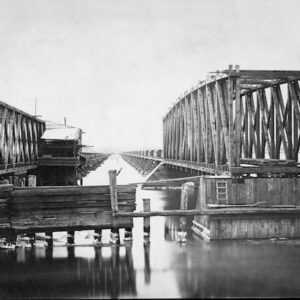
Image ID: AAHP
$6.99 -

Image ID: AAMV
$6.99 -

Image ID: AAQC
$2.99 -

Image ID: AASS
$0.99 -

Image ID: AAYD
$5.99 -
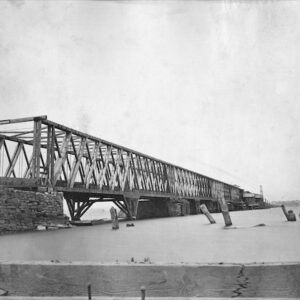
Image ID: ABCE
$6.99 -
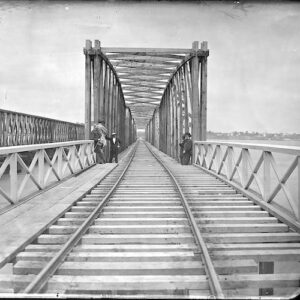
Image ID: ABED
$4.99 -

Image ID: ABEE
$4.99 – $6.99 -

Image ID: ABVN
$6.99 -
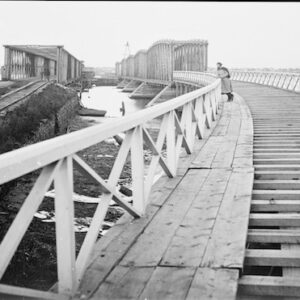
Image ID: AGKJ
$3.99 -
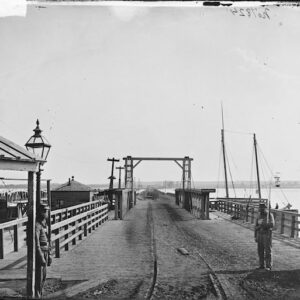
Image ID: AIAT
$6.99 -

Image ID: AIEI
$4.99 -

Image ID: AMBK
-

Image ID: AMCV
$5.99